
High-Performance Gear Systems | Custom Solutions for Heavy-Duty Applications
Browse our precision-engineered gearboxes, hydraulic spindles, and cast housings – designed for extreme durability, 30% longer lifespan, and seamless OEM integration.Conveyor systems are the backbone of modern industrial operations, ensuring seamless material handling across various sectors. At the heart of these systems lie critical conveyor line parts that dictate performance, reliability, and longevity. Our comprehensive range of high-quality components is engineered to meet rigorous industrial standards, providing unmatched durability and efficiency. Below, we delve into the key parts, their specifications, and common queries to help you make informed decisions for your conveyor needs.
Understanding the specifics of each part is crucial for optimal system integration. Here, we list and tabulate the primary components along with their detailed parameters.
| Part Name | Material | Size Range | Load Capacity | Operating Temperature |
|---|---|---|---|---|
| Conveyor Belt | Rubber/PVC/Metal | 100-2000mm width | Up to 5000 kg/m | -40°C to 120°C |
| Roller | Steel/Plastic/Stainless Steel | 50-200mm diameter | Up to 500 kg | -30°C to 150°C |
| Drive Unit | Cast Iron/Steel | 0.5-30 kW power | N/A | -20°C to 60°C |
| Idler | Coated Steel/Polymer | 300-1800mm belt width | Up to 2000 kg/m | -40°C to 100°C |
| Pulley | Lagged Rubber/Steel | 100-1000mm diameter | Up to 10,000 N | -30°C to 120°C |
What materials are best for conveyor belts in high-temperature environments?
For high-temperature applications up to 120°C, heat-resistant rubber or metal mesh belts are recommended due to their durability and resistance to degradation.
How often should conveyor rollers be replaced?
Replacement frequency depends on usage intensity; typically, rollers last 1-5 years. Regular inspections for wear, noise, or misalignment can help determine the need for replacement.
What factors influence the choice of drive unit power?
Key factors include conveyor length, load weight, speed requirements, and incline angle. A higher power rating (e.g., 5-30 kW) is needed for heavy loads or steep inclines.
Can idlers be used in corrosive environments?
Yes, idlers made from stainless steel or polymer-coated materials are ideal for corrosive settings, offering resistance to chemicals and moisture.
How do I select the right pulley size for my system?
Pulley size should match the belt width and system tension requirements. Larger diameters (e.g., 500-1000mm) reduce belt stress and are suitable for heavy-duty operations.
What maintenance is required for conveyor bearings?
Bearings should be lubricated every 3-6 months, depending on operation hours. Sealed bearings require less maintenance but should be checked for signs of wear or contamination.
Are cleaning systems necessary for all conveyor types?
Yes, especially in industries like food or mining where debris buildup can cause belt slippage or contamination. Systems like scrapers enhance efficiency and hygiene.
What is the average lifespan of a conveyor belt?
Lifespan varies with material and use; rubber belts last 2-10 years, while metal belts can exceed 15 years with proper maintenance and load management.
How can I reduce noise from conveyor rollers?
Use rollers with precision bearings and ensure proper alignment. Polymer rollers often generate less noise than metal ones in lightweight applications.
What safety standards apply to conveyor parts?
Parts should comply with ISO 9001, ANSI/ASME B20.1, or OSHA standards, ensuring they meet safety, quality, and performance guidelines for industrial use.
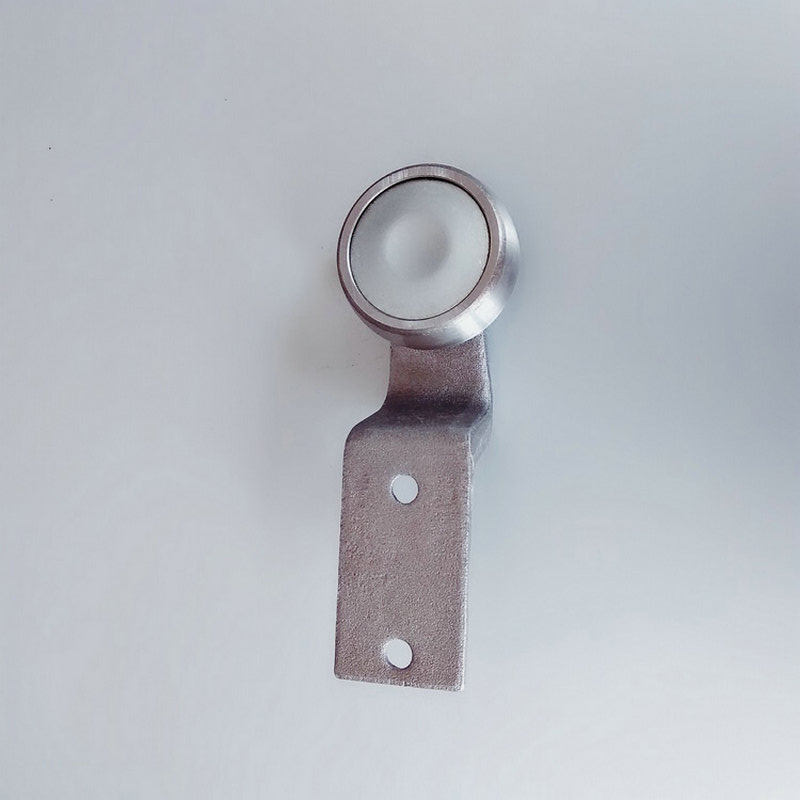
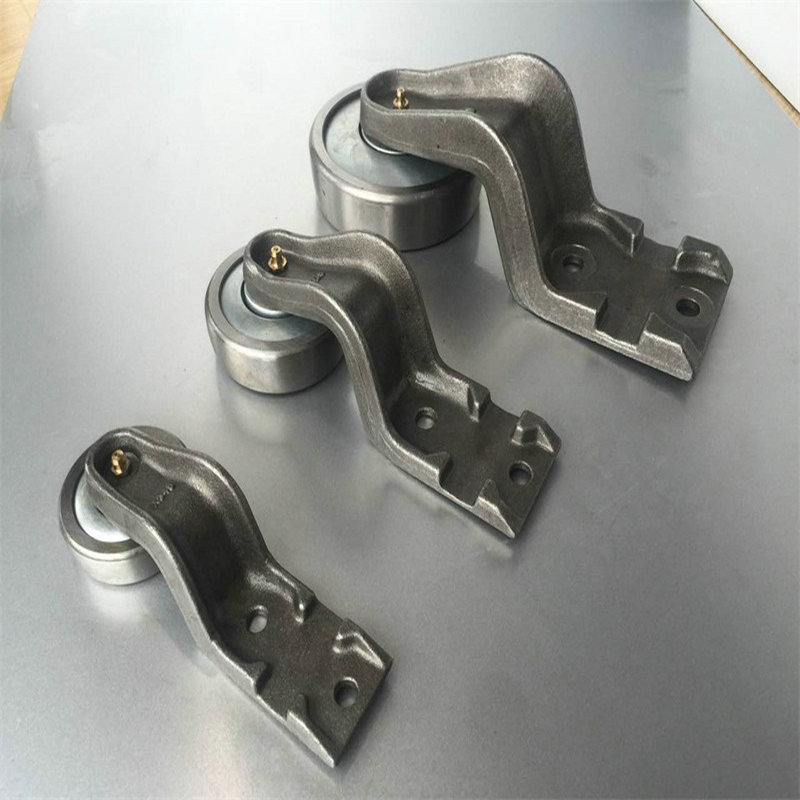
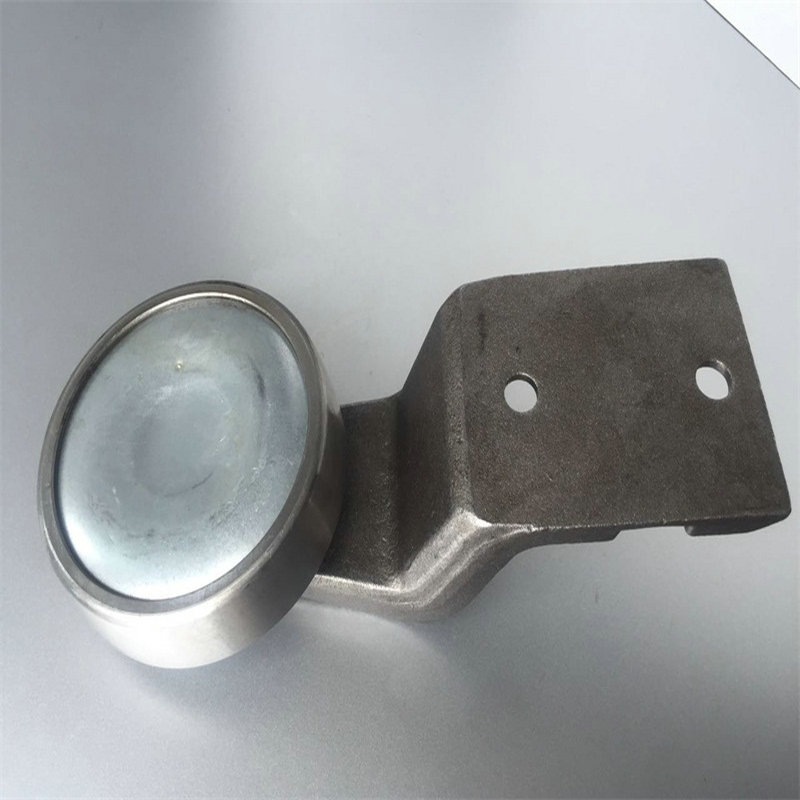
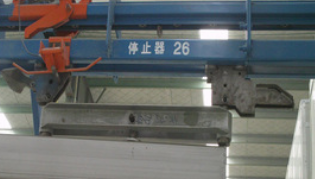
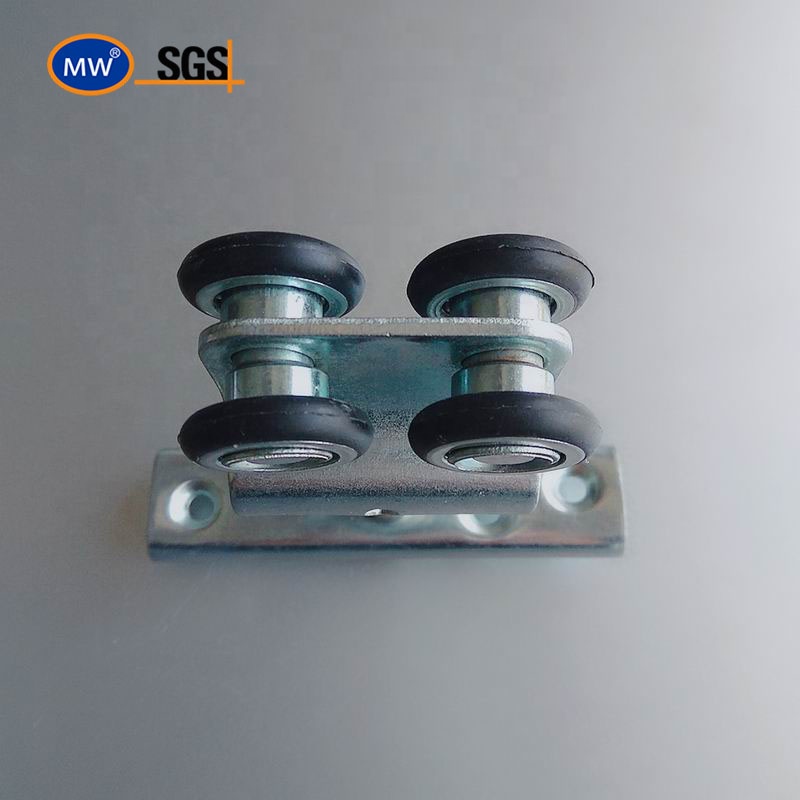
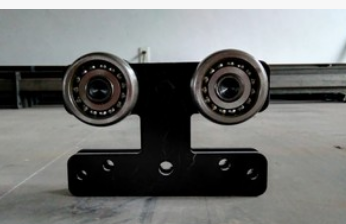
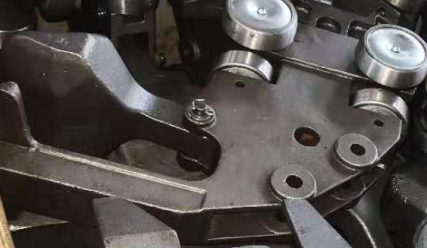
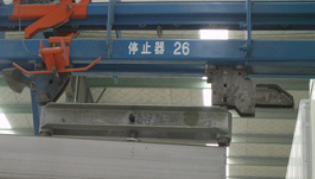
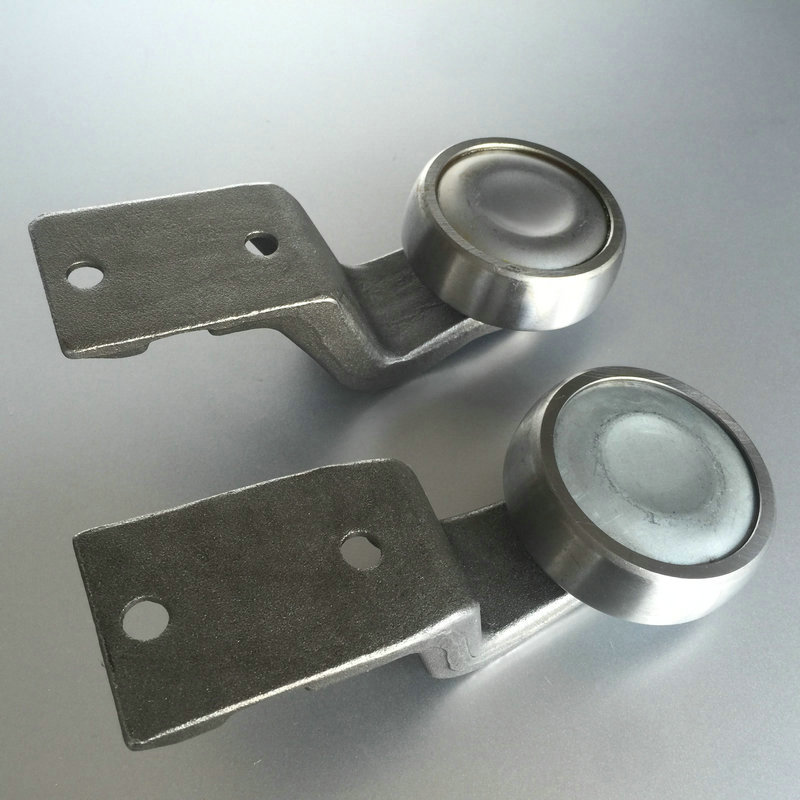
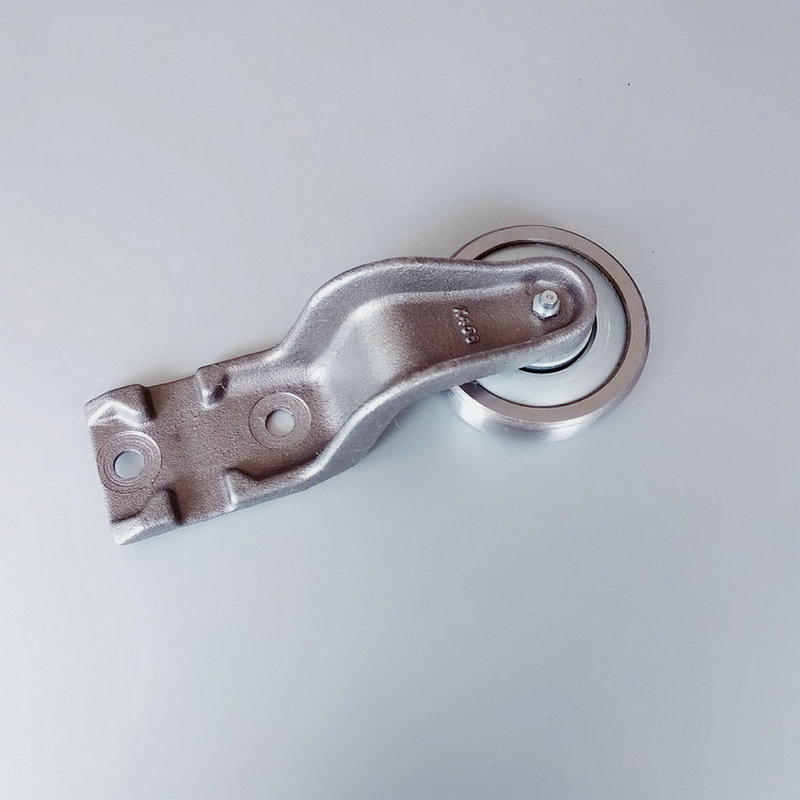
Copyright © Raydafon Technology Group Co.,Limited All Rights Reserved.